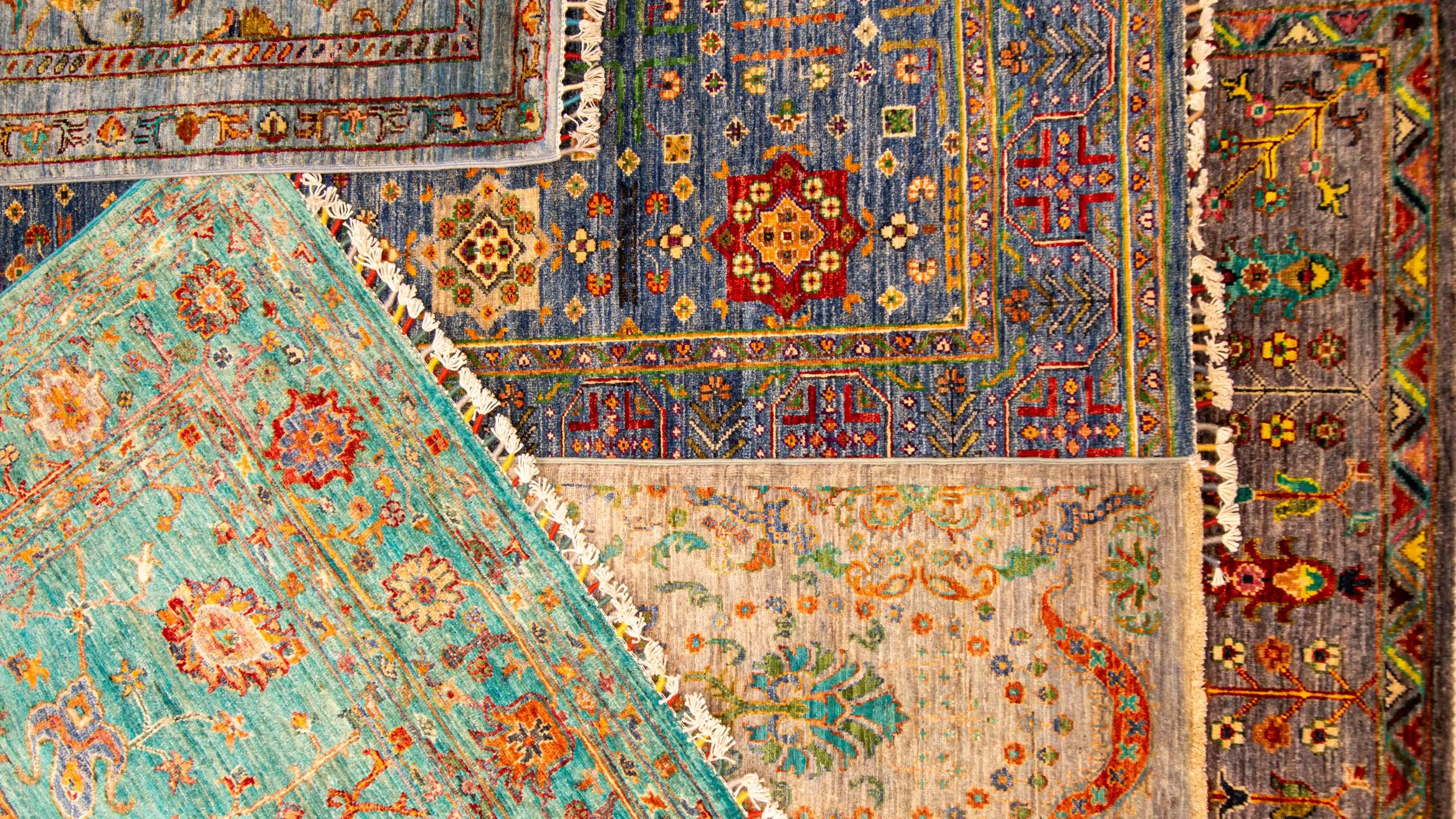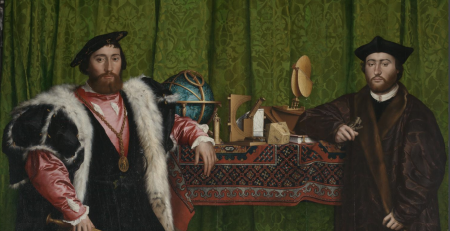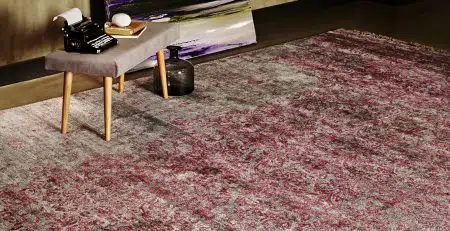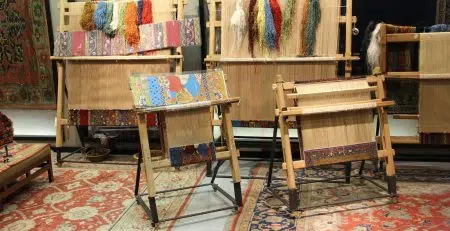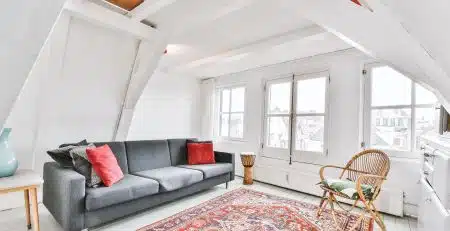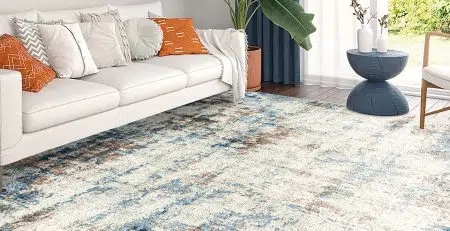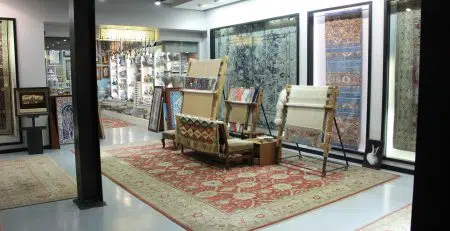Characteristics of Oriental Turkish Rugs You Need to Know Before You Buy
Beril Yilmaz2023-04-03T07:59:25+00:00Each rug is a testament to the people who make them and the regions they come from. From the nomadic tribes of Anatolia to the weavers of Kars, Oushak, Bergama and beyond every region has its unique style and characteristics that make its rugs stand out.
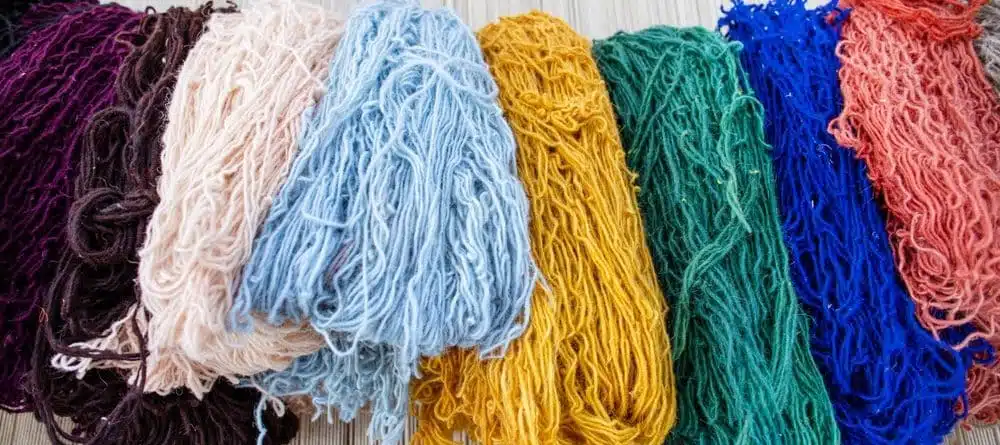
Material:
One of the most important aspects to consider when buying an Oriental Turkish rug is the materials used to create it. In Anatolia, the nomadic tribes used Angora, Merino wool sourced from their own sheep, dyed with natural color materials derived from plants and insects in the region. The weavers of Hereke used a combination of wool and silk to create intricate floral motifs and bright colors, while those in Antalya used cotton as a base with wool and silk woven into it to create intricate patterns and designs.
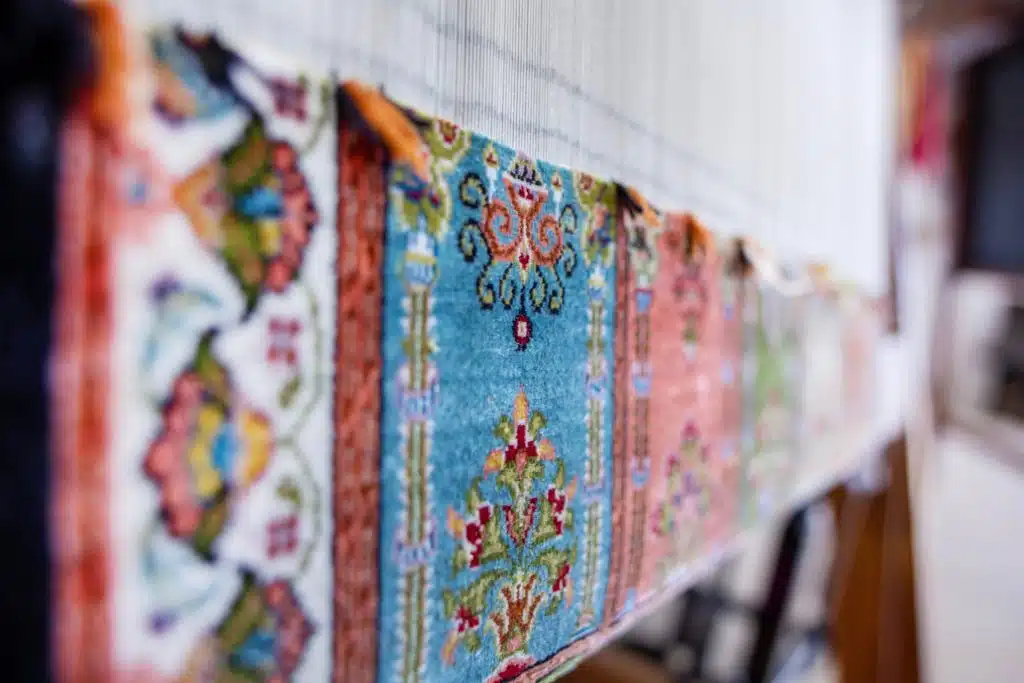
Knot Density and Techniques:
Another factor to consider is knot density and techniques, which are a testament to the skill and attention to detail of the weaver.
The Turkish knot (also known as the Ghiordes knot) is a type of knotting technique used in the weaving of Oriental Turkish rugs. This knotting technique is named after the town of Ghiordes (now called Gördes), which was historically an important center for rug weaving in Turkey.
The Turkish knot is symmetrical and is tied around two adjacent warp threads before being pulled tight. The weft (horizontal) threads are then tightly packed down to secure the knot in place. The ends of the knot protrude from the back of the rug and are then cut to create the pile (the raised surface of the rug).
There are several types of Turkish knotting techniques, which can vary depending on the region and the weaver’s personal preference. These include:
- Single Knot: In this technique, each knot is tied around a single warp thread, creating a looser weave and a thicker pile.
- Double Knot: In this technique, each knot is tied around two adjacent warp threads, creating a tighter weave and a thinner pile.
- Knot-and-a-Half: This technique is a variation of the double knot technique, where the knot is tied around one warp thread and then wrapped around the adjacent warp thread before being pulled tight. This creates a knot that is larger than a single knot but smaller than a double knot.
- Open-Left Knot: In this technique, the knot is tied with the yarn pulled to the left of the warp thread, creating a distinct diagonal pattern in the weave.
- Open-Right Knot: In this technique, the knot is tied with the yarn pulled to the right of the warp thread, creating a diagonal pattern that is the mirror image of the Open-Left Knot.
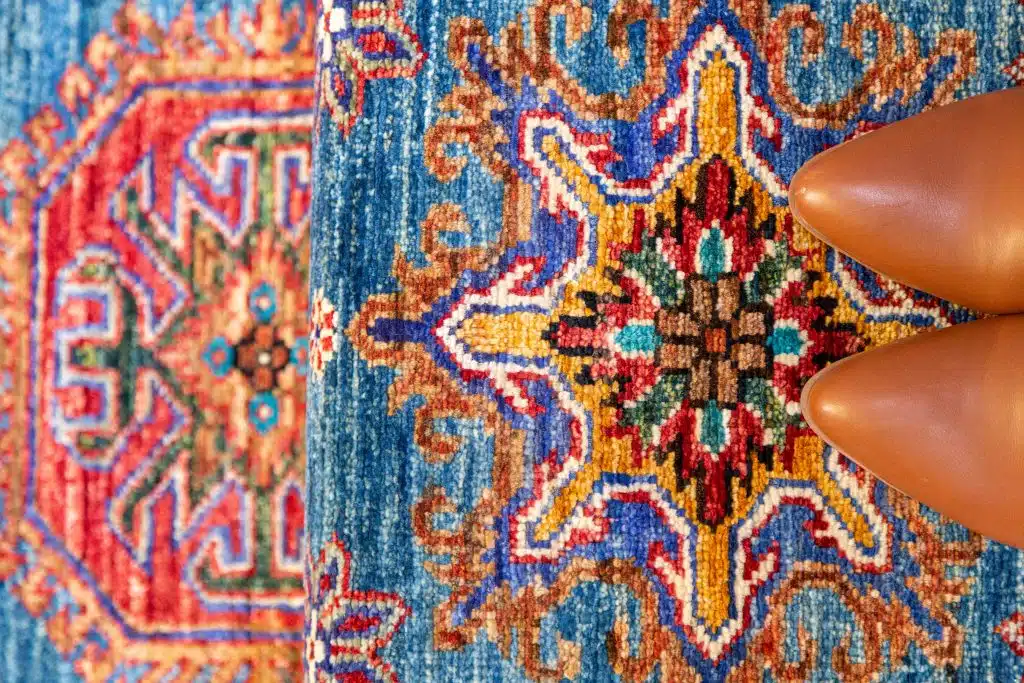
Design and patterns :
Design and patterns are also important aspects of Oriental Turkish rugs, reflecting the cultural traditions and influences of the region. The weavers of Anatolia created rugs with simple yet striking geometric patterns and motifs inspired by the region’s natural surroundings. The weavers of Kars used more intricate floral designs and medallions influenced by Persian and Caucasian styles. The weavers of Kars incorporated intricate designs and patterns reflecting the influence of the Ottoman Empire, such as arabesque designs and calligraphy.
The Size and Shape:
The size and shape of Oriental Turkish rugs also vary depending on the region and intended use. Rugs from Anatolia come in various sizes and shapes to suit the needs of the nomadic lifestyle, while those from East are often smaller, circular or oval-shaped for decorative purposes. Rugs from Oushak are larger, rectangular, and used in palaces and mosques.
Famous Regions for Handmade Oriental Turkish Rugs
Several regions in Turkey are known for their handmade Oriental Turkish rugs. Hereke is known for its fine silk and wool rugs with intricate designs, while
Kayseri is known for its high knot density and intricate designs featuring a central medallion surrounded by floral motifs.
Konya is known for its simple yet striking geometric designs and natural colors, while Oushak is known for its large room-sized carpets with muted colors and floral designs.
Samsun is known for its unique blend of geometric and floral motifs and very high density of knots, while Kazak, a region located in the Caucasus Mountains, is known for its bold geometric patterns and use of natural color materials such as onion skins and indigo.
Döşemealtı is known for its tribal designs and patterns, using natural color materials such as madder root and walnut husks to create warm, rich colors such as deep reds and browns. The designs often feature intricate medallions and floral motifs, reflecting the influence of Ottoman architecture and art.
When buying an Oriental Turkish rug, it’s important to consider its unique characteristics and the region where it was made. Understanding the materials, knot density and techniques, design and patterns, and size and shape can help you make an informed decision and appreciate the artistry and cultural heritage behind each rug. Whether you choose a rug from Anotalian, or any other region, you’ll bring home a piece of history and art that will last for generations.

